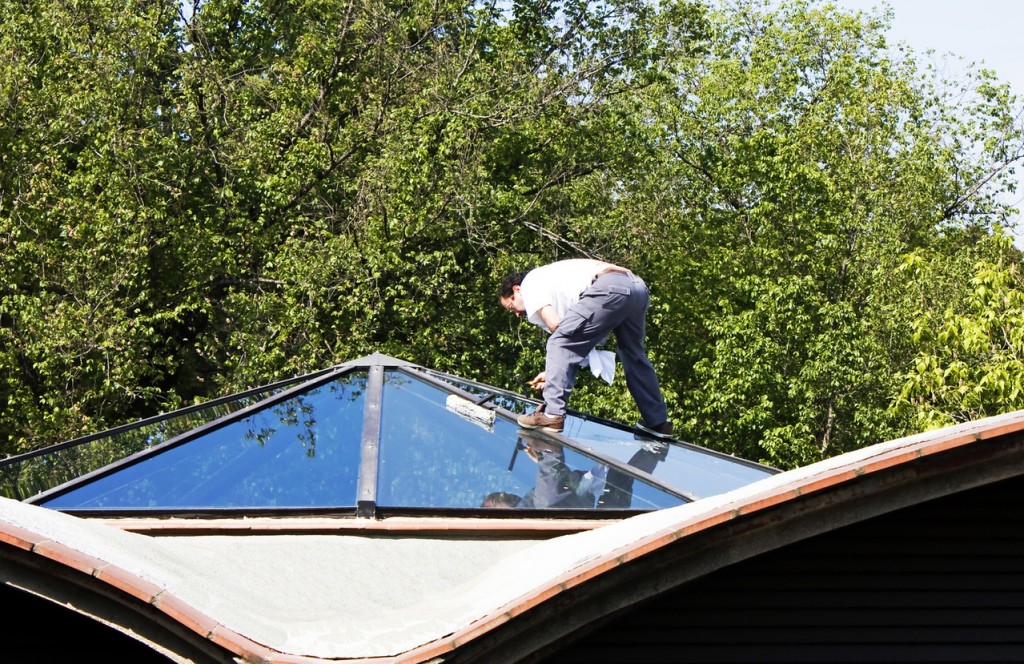How to add light to your home
Skylights have come a long way from single panes of glass
Advertisement
Skylights have come a long way from single panes of glass

 With over a decade of experience Linda Mazur is the principal designer of Newmarket, Ont.-based Linda Mazur Design Group. She is a guest columnist at TheRedPin.
This article originally appeared on TheRedPin blog, with additional information added by Romana King, senior editor and real estate expert at MoneySense.
Ask a Real Estate Expert: Ask our experts your property or real estate question »
With over a decade of experience Linda Mazur is the principal designer of Newmarket, Ont.-based Linda Mazur Design Group. She is a guest columnist at TheRedPin.
This article originally appeared on TheRedPin blog, with additional information added by Romana King, senior editor and real estate expert at MoneySense.
Ask a Real Estate Expert: Ask our experts your property or real estate question »
Share this article Share on Facebook Share on Twitter Share on Linkedin Share on Reddit Share on Email